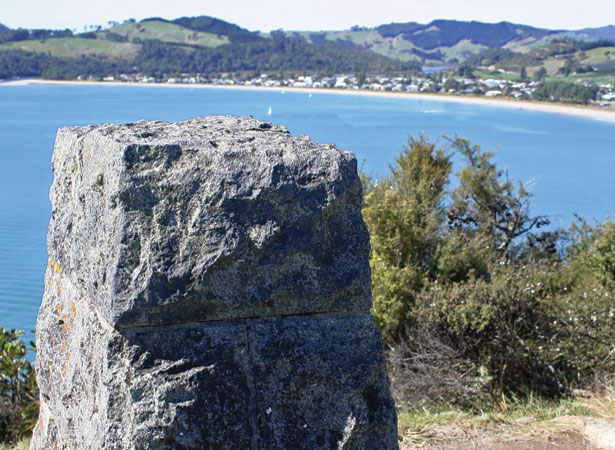
James Cook helped his astronomer Charles Green observe the transit of Mercury at Te Whanganui-o-Hei (Mercury Bay), Coromandel Peninsula.
When the planets Mercury and Venus pass across the Sun, they are visible as small black dots. Timing these ‘transits’ from different locations was the first accurate way to determine the distance between Earth and the Sun.
After observing the transit of Venus from Tahiti, Cook sailed HMB Endeavour towards the land skirted by Dutch seafarer Abel Tasman in 1642, which was sighted on 6 October 1769 (see 6 October). Tahitian navigator Tupaia was on board.
Over the next few months, Cook mapped the entire coastline, establishing that this was not the fabled Great Southern Continent.
Cook called Māori ‘a brave, war-like people’. The Europeans were initially taken for atua (supernatural beings), ancestors, or visitors from ancestral Hawaiki. In some places, conflict broke out and Māori were killed. Tupaia understood te reo Māori and was able to mediate.
As 9 November approached, Cook sought land from which to observe the transit of Mercury with a sextant. A cairn above Cooks Beach marks the spot.
Six days later, on 15 November, Cook raised the British Colours at Mercury Bay, claiming the area in the name of King George III.
The next transit of Mercury fully visible from New Zealand will occur in 2052.
Read more on NZHistory
History of New Zealand, 1769-1914 – A history of New Zealand 1769-1914James Cook
External links
How to cite this page
'Cook observes transit of Mercury', URL: https://nzhistory.govt.nz/captain-cook-observes-transit-of-mercury, (Ministry for Culture and Heritage), updated 7-Oct-2021
